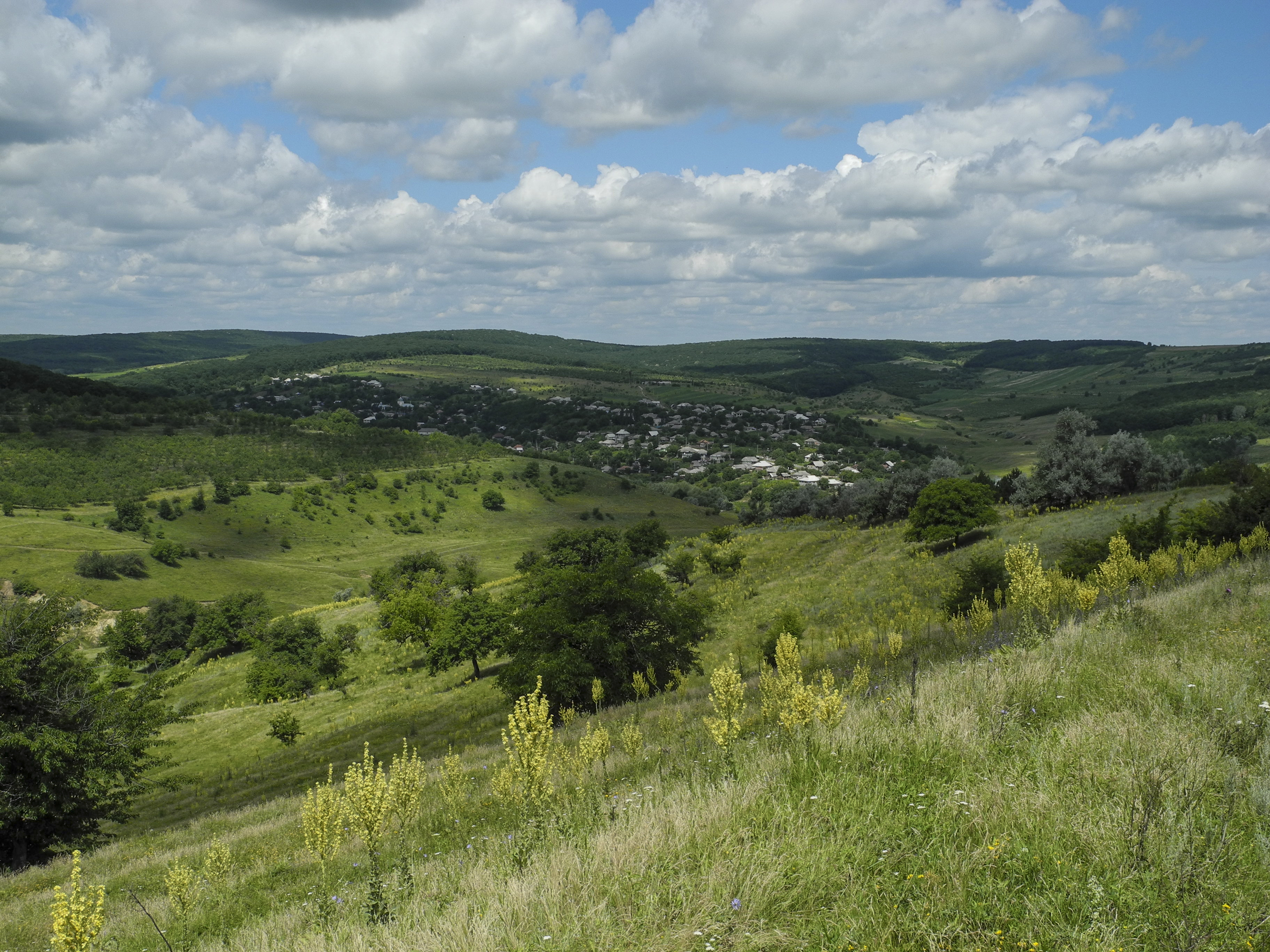Climate Information and Early Warnings Africa
Published on 29 June 2022
Overview
Data on climate information and the status of early warnings in Africa was collected in 2015 across 7 countries in Africa in an effort to connect stakeholders with new data on climate change adaptation actions.
Note: The designations employed and the presentation of material on this map do not imply the expression of any opinion whatsoever on the part of the Secretariat of the United Nations or UNDP concerning the legal status of any country, territory, city or area or its authorities, or concerning the delimitation of its frontiers or boundaries.
In Africa, datasets on climate information and early warnings were gathered from 2000 household surveys. The data were collected between 2015 and 2016 by a national team. Datasets are currently being cleaned, and will be available from Burkina Faso, Liberia, São Tomé and Príncipe, Sierra Leone, Tanzania, Uganda and Zambia. The questionnaire was divided into 4 main parts:
- Hazard identification by community and household. This section provided information on the different hazards prioritized by communities. This will feed into the EWS system to help target/provide information that will be useful for project delivery.
- Past experience on EWS, climate change, communications and responses. This section gathered data that that can be used to evaluate the current EWS system in the countries.
- Household information. This section provides detailed information on the kind of household and gender roles and basic infrastructure availability
- Information to estimate outcomes of interest – components of farmer (crop and livestock) and fishers revenue, cost and profit: depending on the kind of agent. This section provides data on labor available to the household, type of crops grown if a farmer, the growing season to differentiate different crops and value of EWS information, fertilizer use to estimate costs and inputs, irrigation use and cost, machinery, and similar information for livestock farmers.
- GPS locations for geo-spatial information and analysis. Spatial variation is a valuable instrument to help with identification of control and treated groups.

